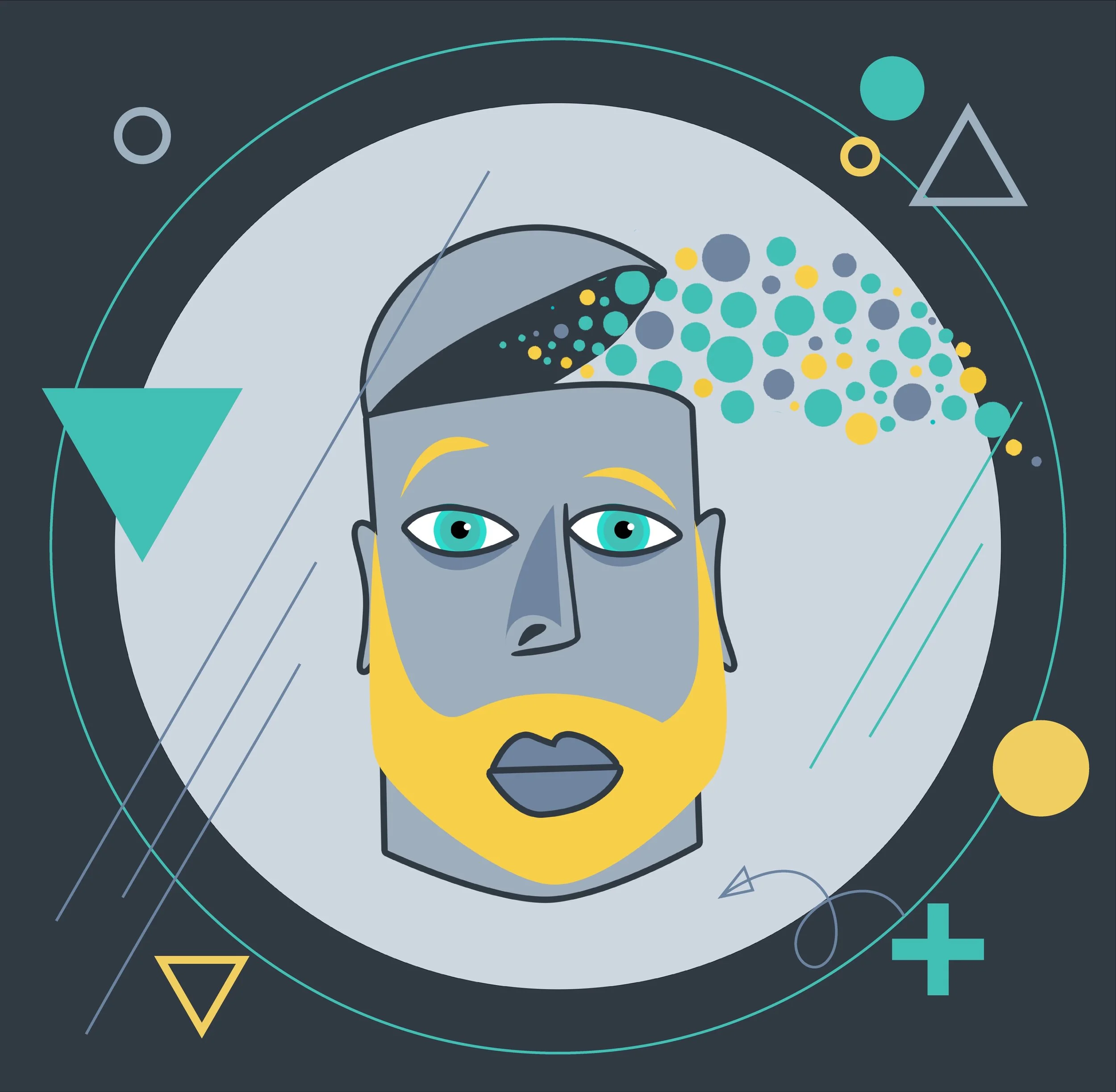
What is Behavioural Science AI: Thinking Unlocked
In Part 2 of our Behavioural Science AI explainer series, we explore how this novel technology unlocks the hidden knowledge that makes experts exceptional, on an unprecedented scale.

How Behavioural Science Reveals How We Really Think, Decide and Act
Behavioural Science AI combines behavioural science methods with GenAI and advanced analytics to surface, evolve, and amplify expert knowledge. It’s a prized asset rarely captured by traditional systems. In Part 1 of our explainer series, we unpack what behavioural science really is—and what it’s not.
From Idea to Innovation: Building the Let’s Think Knowledge Exchange
From Idea to Innovation: Building the Let’s Think Knowledge Exchange
Today marks a moment of reflection on our journey at Let’s Think—one that began with a deceptively simple question: How do we capture expert knowledge before it walks out the door of a company?
